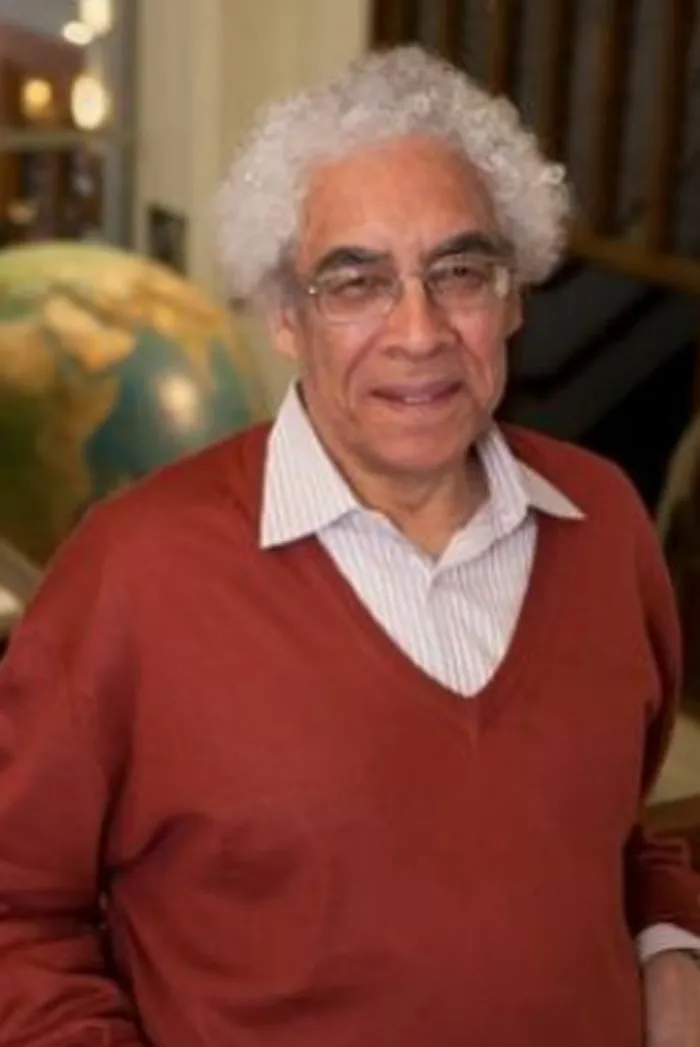SA whizz at summit of El Niño research

Athlone-born atmospheric scientist George Philander. Picture: Wikimedia Athlone-born atmospheric scientist George Philander. Picture: Wikimedia
Cape Town - What do Afrikaans poetry, Athlone’s Belgravia High, apartheid, and ground-breaking research in global weather science have in common?
The answer is: celebrated atmospheric scientist George Philander, a key figure in research into the El Niño phenomenon.
His father was the Afrikaans poet (and former headmaster of Belgravia High) PJ or Piet Philander. Philander junior’s brilliance as a science student might have been stunted in apartheid South Africa had he not won a scholarship to Harvard in the 1960s. There, in 1970, he earned a PhD in applied mathematics, based on his research into equatorial ocean currents.
This, more or less, has been his life’s work.
Last month Philander, now at Princeton University, and his long-time collaborator in untangling the complex forces that drive El Niño, Mark A Cane of Columbia University, won the 2017 Vetlesen Prize for achievement in earth sciences.
Columbia University said: “Their work led to practical forecasts. Institutions worldwide now monitor warning signs to help prepare for crop planting, disease control and floods or droughts.”
Philander is credited with popularising the term “La Niña” - the state opposite El Niño. He “also came up with numerical explanations for related phenomena, including why it is rainier immediately north of the equator than to the south”.
Philander started out with a BSc in applied mathematics and physics from the UCT in 1962.
UCT conferred an honorary doctorate on him in 2007.
Philander remarked recently: “Earth is an amazing place every time we make a new discovery about another planet, this one looks more exceptional.
"The only real prediction I can make is that we will be surprised.”